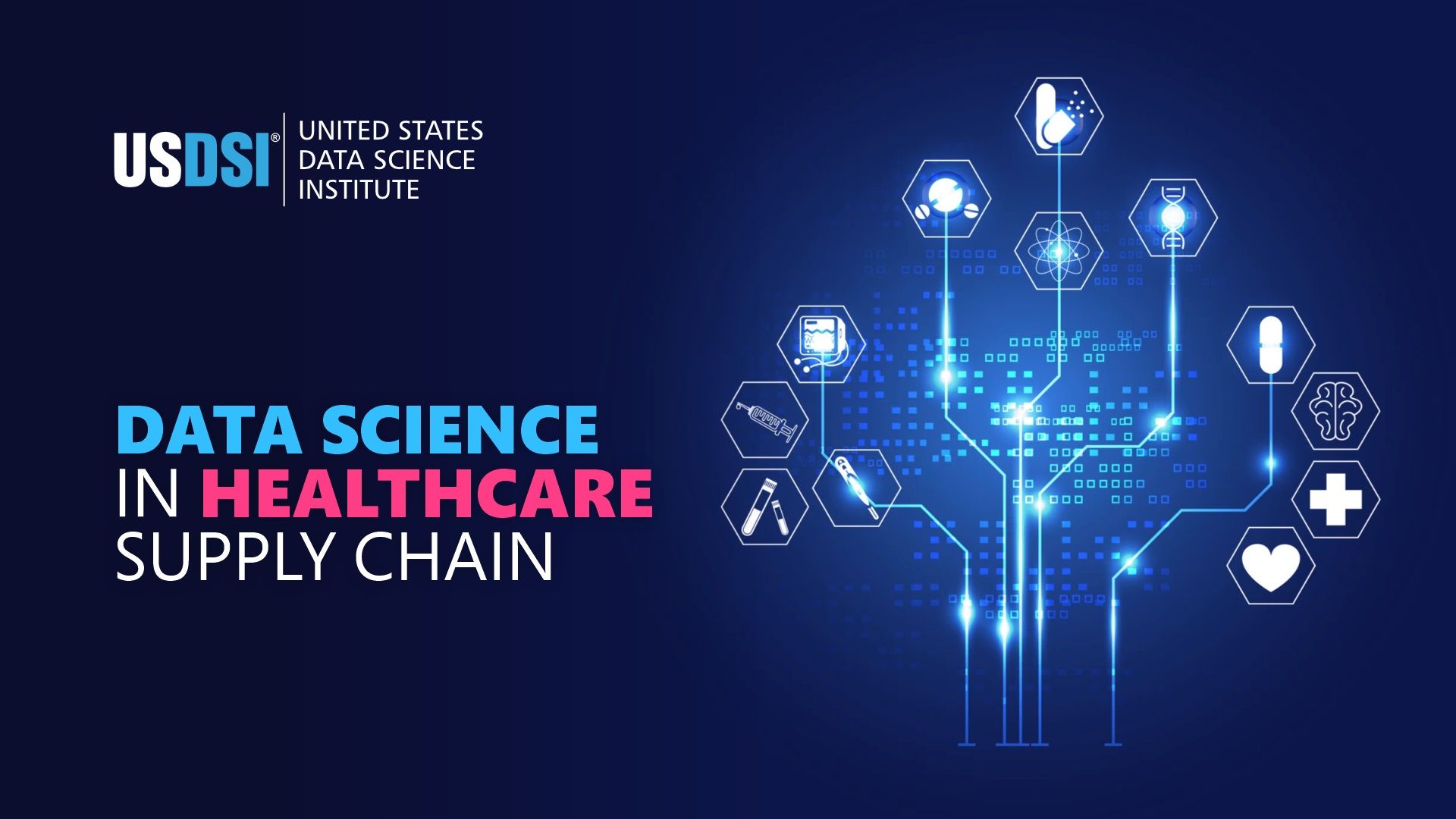
The state of modern healthcare to an outsider today is labyrinthine at best, and that statement being made is even credulous to a certain degree. Award winning, headline making miracles of scientific discovery on one hand, and the mundane tasks of inventory management, healthcare encompasses almost all of it. Which is why the planet’s inhabitants need their medical talent and their medical supplies on their toes at any given moment. And their data.
How Did We Get Here?
In the beginning, there was data. And lo behold, it was good to us. But then it multiplied, and we were a little concerned. But it multiplied again and again, and before you could say “data tsunami”, one was upon us. Every transaction, production assembly line, shipment, prescription, inventory count today generates billions of data points. “The world is awash with data today” is probably an understatement.
In the field of healthcare, every little detail counts. Everything needs to be monitored on a continuous basis, every consultation and diagnosis recorded. These processes and procedures had been followed by practitioners for had been generating quite some data for quite some time, so there was enough data to store already, but not enough to analyze. We needed more data to improve overall healthcare. And boy, did we get it.
The Current Data Science Supply Chain
Now that we’ve established that inventory management in healthcare is a mundane task, let’s dig a little deeper and see if that is really the case OR within the “mundane” supply chain ecosystem is a realm of staggering complexity that would make even the most intrepid explorer’s head spin. The healthcare supply chain – from raw material to consumption is a humongous network of manufacturers, distributors, providers, and patients that somehow, against all odds, ensure that the right medical device or the right pharmaceutical reaches the right place at the right time most of the way. See where we’re going with this?
Enter Data Science
Well, if you still thought that was mundane, sprinkle a bit of data science magic on the recipe. Not only will you see the whole “supply chain optimization” come into quick effect, but there’s more. Wait, don’t fear, dear reader, because our knight in shining armor is valiantly striding across the entire supply chain, again, from raw material to consumption to achieve the highest efficiency possible, on his valiant steed of historical medical data and patient records and the sword he Is wielding? It’s called Data Science.
Alright, let’s get back to the explanations of how a data driven approach can help optimize supply chains in healthcare. According to renowned scientist Joseph Lister, openly criticized the prevalent practices in the supply chain primarily due to its opacity and also because of what became evident in the COVID-19 pandemic with prestigious publications like Forbes running the headline “The Healthcare Supply Chain Is Broken. Here’s How To Fix It” (April 14, 2020)
In Action – Our Knight in Shining Armor
In this captivating tale, embarking on the journey, our knight has many weapons – the twin swords of data and data analytics, heroic algorithms, not to mention data engineering tools. “Data and Data Analytics Tools are like digital deities who promise to bring order to chaos, efficiency to waste, and maybe, just maybe, a modicum of sanity to the whole enterprise.” – Dr. Alan Fischer.
So our hero enters the demon’s lair to eliminate inefficiencies and improve the supply chain. We watch step by step at what he does and doesn’t do.
Conclusion
Now that our hero has emerged victorious from the healthcare from the demon’s lair, we realize that he is a USDSI certified data scientist with superior technical knowledge and a commitment to upskill himself, and we realize the reality facing us today. It isn't the latest AI algorithm or the most sophisticated optimization model. No, the most precious resource is the humble human brain - infinitely adaptable, endlessly curious, and always, always ready to learn. So learn. It is an imperative. Enroll in a USDSI program and showcase your excellence to the world, which desperately needs more Data Science heroes today than ever before.
This website uses cookies to enhance website functionalities and improve your online experience. By clicking Accept or continue browsing this website, you agree to our use of cookies as outlined in our privacy policy.